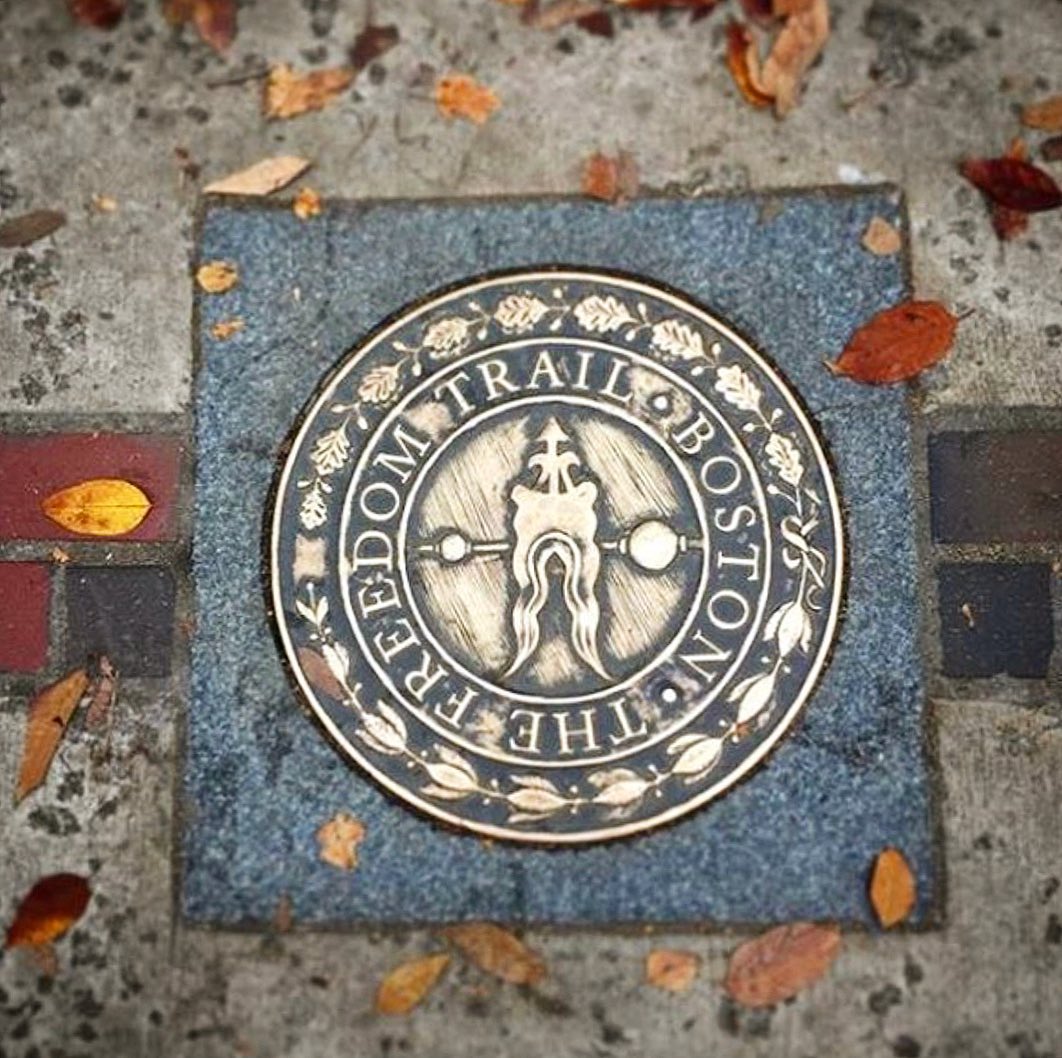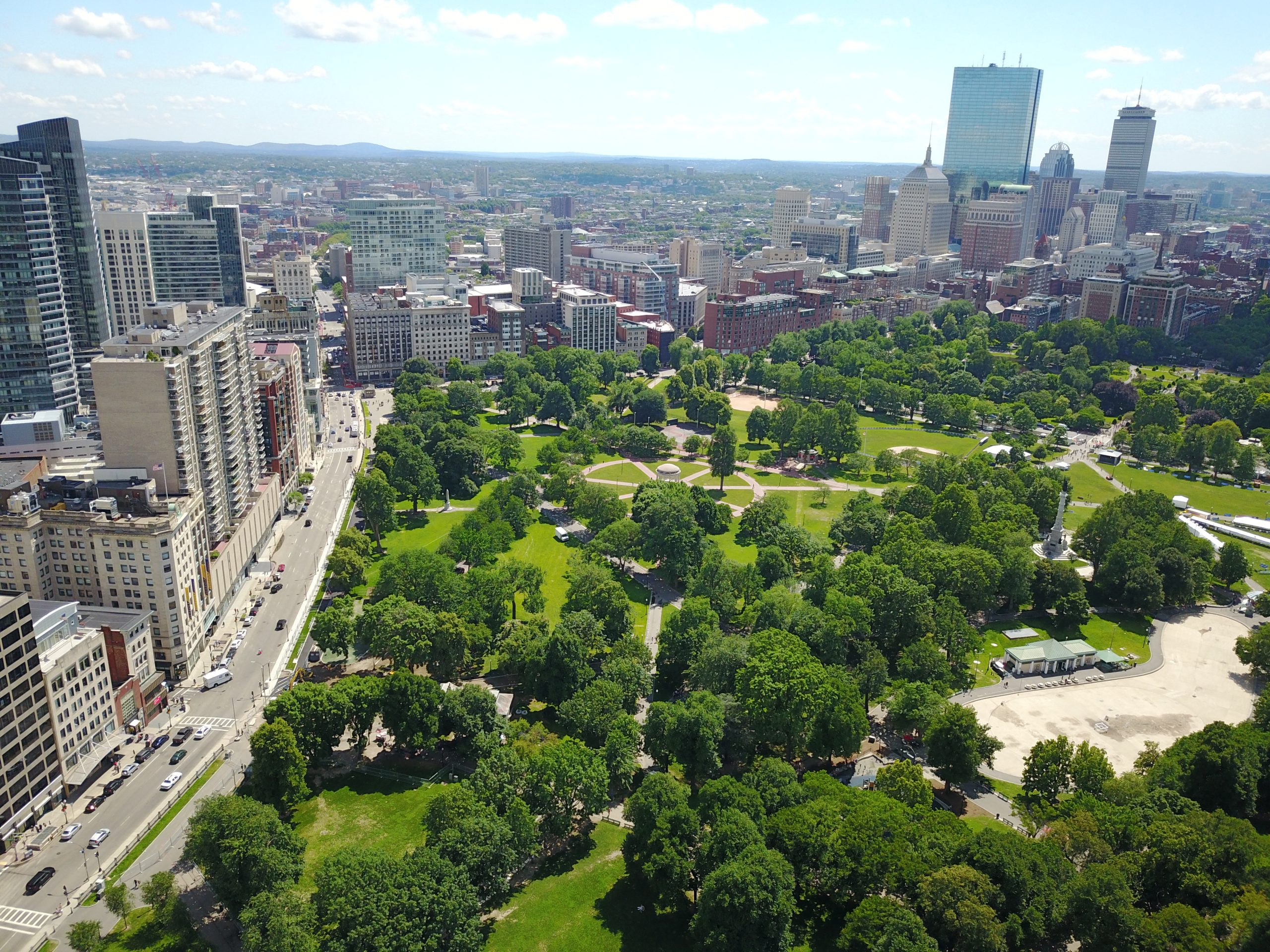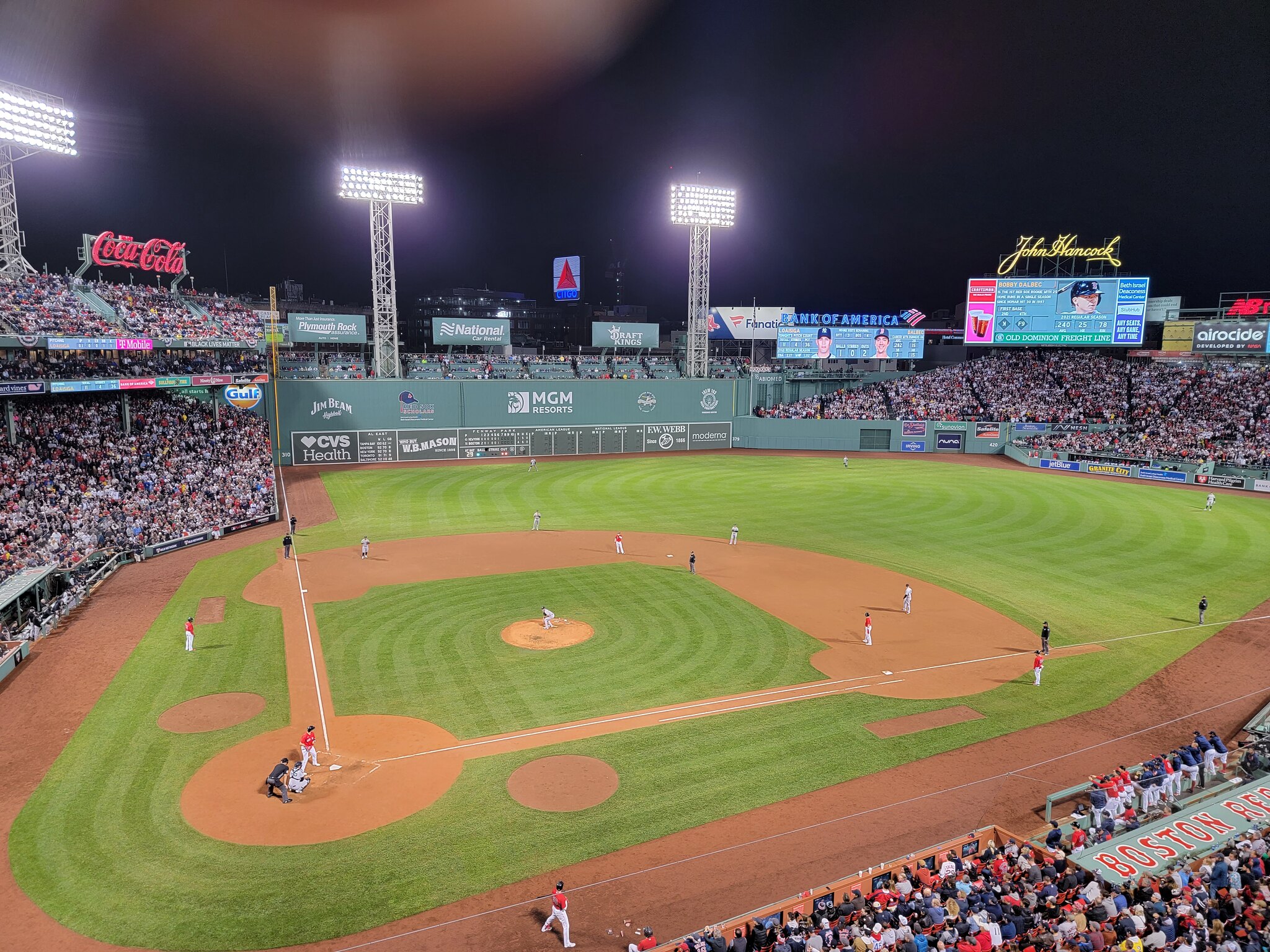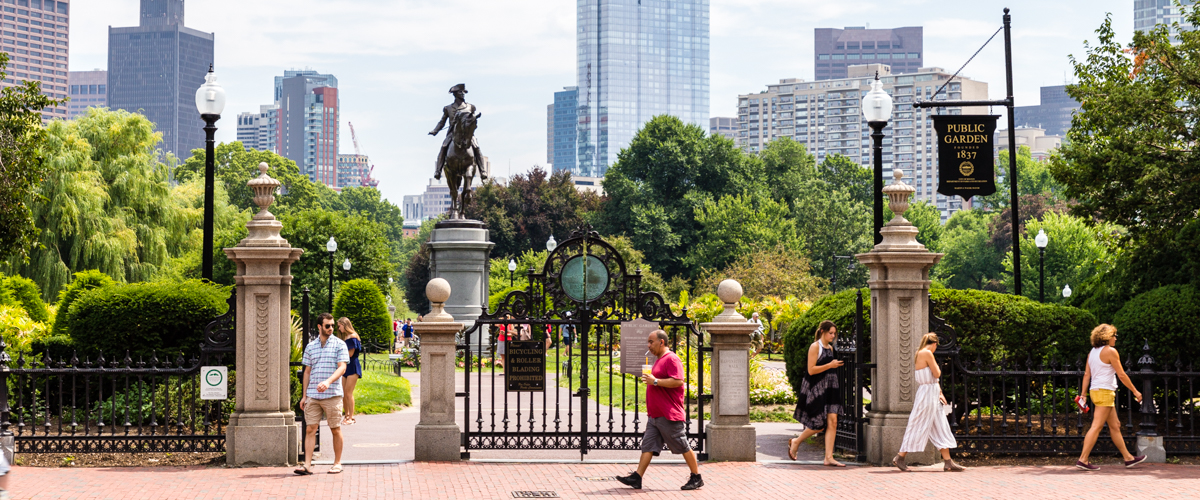As one of the oldest cities in the country (1630), Boston is rich in history- it’s home to the first public park, first public school, first subway system, and first large public library. It’s also where 1st President George Washington celebrated America’s first birthday. While the city celebrates its storied past of firsts, Boston continues to be a hub of thought leadership today, serving as the home for some of the countries leading educational institutions such as Harvard and MIT.
The best time to visit Boston is late Summer or Early Fall (August through October), when moderate temperatures allow you to explore and enjoy the city’s past and present as a pedestrian.







